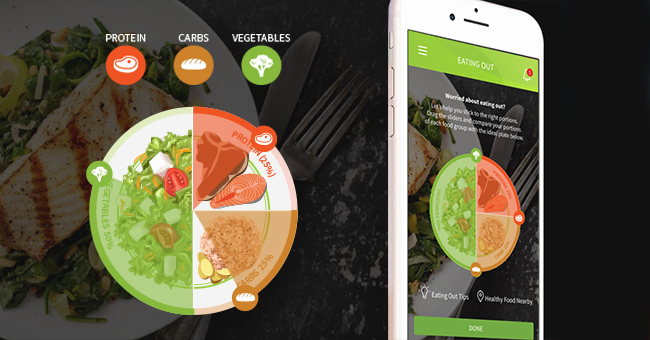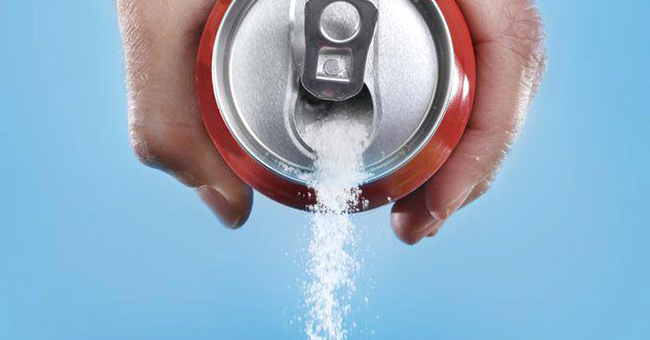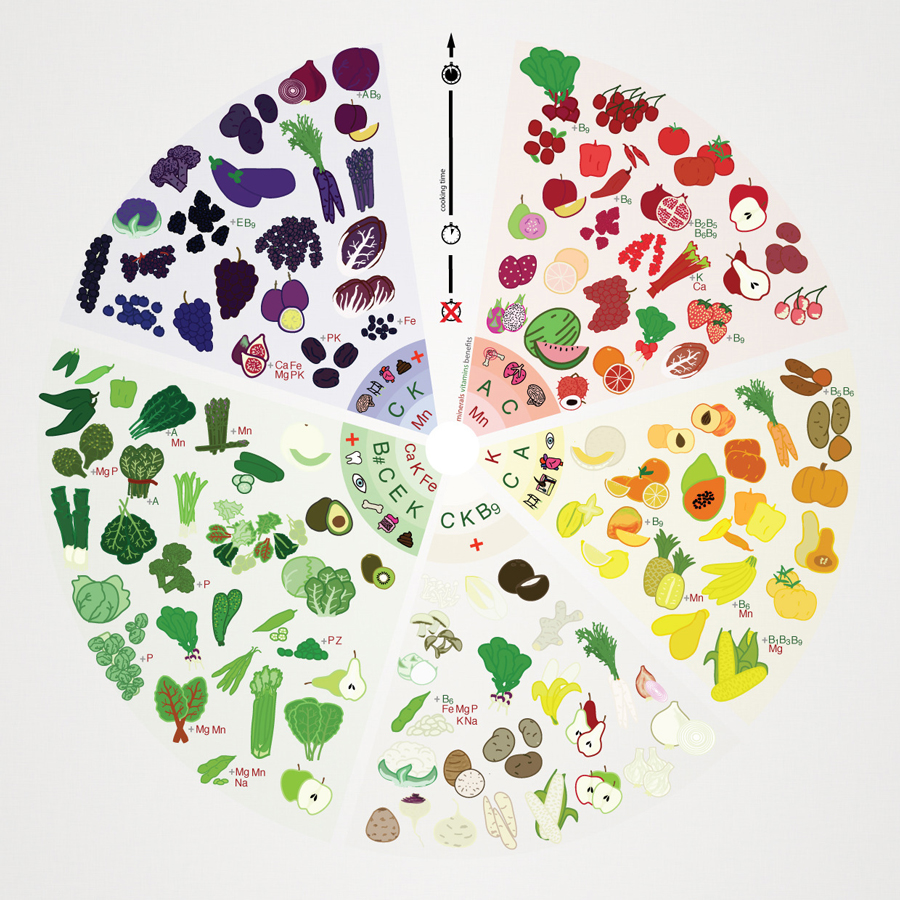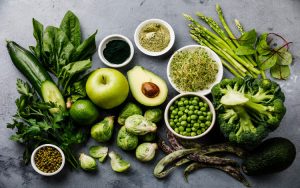I always thought I knew how to eat ‘right’ but there seems to be a new fad diet or news item that claims I need to cut carbs or only eat at certain times or have cheat days or…the list goes on.
Tell me I’m not the only one who is confused by this conflicting ?
Don’t fear, there are some very clear messages from nutrition research. The types of messages that make it into public health recommendations in countries around the world. Most would agree with the message of cutting down on processed foods, eating a variety of foods and controlling the amount of food you eat.
The fact is, there is always more to learn about health and healthy eating. No one diet is BEST for every single person. But there are frameworks and guidelines that are generated from past and current research that can help us.
Here are 5 easy things to consider when deciding what to eat:
1.Listen to your hunger signals
Are you a stomach rumbler? Or feel light-headed when hungry? Or, do you get h-angry and snap at everyone? Or, worse still do you never actually allow yourself to feel ?
This last one is not uncommon. In our fast-paced world of convenience we often tend to eat at prescribed times instead of when our body is calling for fuel. This disrupts the natural patterns of eating when you’re hungry. Meaning the signals of hunger and satiety (feeling full) are harder for you to hear. It also means you suffer cravings. Dietitian from Aptima Sports and Nutrition Consultants, Jaclyn Reutens says “Cravings are a fact of life. They are from multiple factors and everyone has their own triggers. For many people those triggers are anxiety, guilt, and boredom. At times of uncomfortable emotion, they will turn to food.”
Sound familiar?
Jaclyn points out that cravings are a want, not a need. They have been cultivated by a pattern of associating food with emotions or distraction. She suggests “when you next crave something in particular, stop and pay attention to what is happening in your body. Do a self-check by asking yourself: Am I stressed or bored? Have I been restricting my food intake unnecessarily? Did I not eat carbs at all today? Am I getting enough sleep?”
Doing this exercise helps you detach from the urgency of the feeling. This will also help you determine whether you’re truly hungry or simply looking for an excuse to eat. The bonus, says Jaclyn “Cravings are less intense and less frequent if you practice good eating habits.”
2. Eating with your eyes…
Generally, we ALL eat too much food. Not only do we eat too much in one sitting, we often eat more than is necessary across the day. Stories from our grandparents and science tell us that portion sizes of prepared meals and packaged foods have dramatically increased over the last 30 years. Some even link this to the increase in obesity and other lifestyle diseases.
But why is this so?
Availability of food, value for money, large scale manufacturing and widespread marketing have all impacted our access and preference to larger portion sizes in foods. Even social media has us hooked on the Insta-food posts that entice our eyes and our belly.
Here is a quick guide to a healthy plate, but if you want an interactive ‘healthy plate’ that helps you manage your portions and make better eating decisions, download the Active8me app.

Jaclyn warns “It might take a while for you to adjust to reduced portion sizes of food. Some of you may experience severe hunger pangs but it’s only temporary. Your body needs three days to adjust to any new pattern of eating.”
3. Eat the rainbow
“The more colourful your intake of vegetables, the more nutrients you are putting into your body” says Jaclyn. As shown above, 50 percent of your plate should be made up of vegetables. She adds, “This food group not only keeps you satisfied until your next meal but also keeps your gut healthy and bowel movements regular, meaning better overall health.”
The key here is to note plentiful variety. Certain colours of food indicate an abundance of specific nutrients. For example, yellow and orange fruits and vegetables (oranges and carrots) are abundant in vitamins C and A. Greens (kale, spinach, asparagus, avocado) are high in vitamins K, B and E. While purple produce (eggplant, red cabbage, grapes) are high in vitamins C and K.
Insert useful infographic of colourful food benefits example below. However, whatever we use will definitely need to be referenced
4. Avoid added and hidden sugar
When we talk about food being processed, we’re referring to how much ‘work’ it has had done! Processing of food is not all bad. There have been so many advances in food processing that allow many foods to retain nutritional value. Snap frozen vegetables, vacuum sealing and some canning techniques retain just as many nutrients as the fresh varieties. However, it is the additives that we need to be most wary.
The main issue with processed sugar is that it offers no nutritional benefit. It is a simple source of energy for you, with no vitamins, minerals or antioxidants, hence processed sugar is considered ‘empty calories’.
The other issue is the amount of hidden sugar in our foods. Often, many breads, noodles, milks, yoghurts, sauces, condiments and restaurant prepared meals have considerable amounts of sugar to either extend their shelf life or balance flavours. This leads to an unwitting overconsumption of processed sugar as well as addiction-like dependency on sugar for flavour.

5. Don’t count calories
We are all unique. And, yay for that! Guidelines are produced as a ‘general rule’ to follow. They don’t take into account individual needs, tastes and motivations. Many people fail at diets because they fail to stick to restrictive calorie intake. Yep, I’m guilty of this! I start all gung-ho with recording calories and then, well, then life happens and I couldn’t be bothered! But knowing your body, listening to your hunger, and eating to satisfy hunger (as opposed to other triggers such as emotional eating) are a better measure of the calories you need. The calorie counting cheat sheet below gives you an idea of your intake without the added hassle of counting every excruciating calorie!

What role does Science and research play in our confusion about nutrition and diets?
Many diets and diet promoters are quick to claim research that ‘backs’ their diet. Unfortunately, research is often based on one food… or one macronutrient… or one disease state… or, you get the idea. Research around nutrition is isolated to ONE factor! That IS how science works. You control all the variables except the one you want to test.
BUT real life isn’t like that.
We eat more than one food, we have many nutrients that interact in a variety of ways and we have co-morbidities that add to one disease state. We are complex beings and health is a complex issue.
So, do you eat right?
Nutrition shouldn’t be about restriction; it should be about balance. That’s what we aim for at Active8me. We offer expert advice as well as recipes and meal plans based around sound guidelines for HEALTH. When you aim for healthy living, where you combine sensible nutrition choices with regular exercise your body will thank you and you may even lose weight as a side effect! For more guidance with your diet, exercise, mindset, weight loss and health goals check out the Active8me app today. It’s like having a personal trainer, dietician and lifestyle coach in your pocket!













